Jean-Robert Raviot
Boris Yeltsin : what Political Heritage ?
Even if Boris Nikolayevich Yeltsin can be characterized as a very typical example of an “apparachik” in the purest CPSU style - as far as his official curriculum is concerned - he has nevertheless developed, from 1987 onwards, a very distinctive charismatic leadership, combining populist anti-elite discourse and strong Caesarianism. Unlike the most commonly widespread approach, this article will show how Boris Yeltsin has established the “genetic code” of the Russian post-Soviet political institutions, whose main characteristics will be present and evidently appear at various times throughout the Yeltsin and Putin presidencies.
Gérard Duchêne
1992-1999 - from administered to market economy : a success, after all
The ten years of Eltsin reign are seen by most Russians as a period of economic disorder and disaster. And yet, they are years of deep transformation, by which Russia became an emerging country integrated with the rest of the world. The present paper draws up the list of characteristics of the pre-existing Soviet economy. It shows how major reforms have been implemented by Eltsin-headed governments, under the well-known banner “liberalization, privatization, stabilization”. Simultaneously, these reforms have been fiercely opposed by conservative politicians, leading to a chaotic evolution alternating forward and backward movements. As a result of this creeping opposition, transformations – and specifically the reduction of enterprise subsidies resulting in a growing budget deficit – were insufficient to avoid a major crisis in 1998 ; this shock gave way to some counter-reform measures, which were repealed after a few months so that the general market orientation of Russia was confirmed by Putin.
Galina Ackerman
Genesis of Vladimir Putin’s popularity
Starting with Crimea annexation by Russia, one witnesses a soaring support of the Russian population for President Putin. In order to explain this massive and enthusiastic allegiance to Vladimir Putin, one must explore what happened during Perestroika and Boris Yeltsin’s presidency. The author shows that both Perestroika and Yeltsin’s rule were two different “revolutions from above” : the first one, that of Mikhail Gorbachev, was a democratic revolution supported by the progressive part of intelligentsia and (for quite different reasons) by a part of young Party and Komsomol functionaries ; the second one, that of Boris Yeltsin, was a liberal revolution imposed by new business elites and actively supported by Western liberals. Both revolutions had no long-lasting support by general population, which remained unreformed and deeply “sovietˮ. One should always keep in mind that during Yeltsin’s presidency State Duma was continuously dominated by communists. In fact, it was very smart Putin’s tactics, to get support from the majority of unreformed population rather than from elites. Skilfully, Putin used a mix of nationalist and communist rhetoric (Soviet nostalgia plus imperialist values which remained intact since the end of Soviet era) but without real nationalists or communists. During Boris Yeltsin’s reelection campaign in 1996, communists have been vilified, and could never recover from this denigration campaign, paving thus the way to Putin’s triumph.
Véronique Jobert
Back to the 1990s
The ‘dire years’, as the 1990s are generally called in Russia, deserve to be better designated. A quarter of a century later, this autumn in Moscow, two events took place which provided this opportunity : Yury Afanasyev’s death in September and, a few days later, a festival organized in the Muzeon park. As a matter of fact, during those years, Russia benefitted from a degree of freedom of speech never known before in the country. This occurred thanks to a new law regarding freedom of the press, published in August 1990. One should never forget that.
Julie Deschepper
Kozyrev’s Moment Return to the Foundations of Post-Soviet Foreign Policy
This article aims at providing a renewed vision of the Post-Soviet diplomacy’s first steps, led by the Minister of Foreign Affairs of the Russian Federation, Andrei Kozyrev. Indeed, his policy seems to be remembered as the one of western temptation and of an ultraliberal and unilateral trend. More than that, the man who embodies it somehow remains, if not forgotten, at least depreciated. Nevertheless, this “Kozyrev moment” is more nuanced. Kozyrev’s policy will then be analyzed under the prism of its coherence, but also of its breaks, in order to grasp Post-Soviet foreign policy’s complexity. Whereas we could understand this diplomacy until the end of 1992 as a “seeking power policy”, from 1993 on it is characterized by the assertion of a “power policy” : a play between integration and rejection, integration and particularism. What is at stake here is thus to put into perspective these new logics as invariants of Russian Federation’s international policy, which seems to last, in a way, till nowadays.
Julien Buffet
Disintegration and Recovery of Russian Power (1991-1999)
The purpose of this paper is to analyse the decline and the return of Russia as a power through its internal and external dimensions. Although the international recognition of the new Russia as the Soviet Union’s legal successor seemed to be a major diplomatic coup in the United Nations Security Council, the Western countries used this illusion as a seductive diversionary tactic in the light of the internal collapse of Russian state authority. Indeed, the yeltsinite regime found itself unable to influence significantly its domestic and international environment, because of the Russian identity crisis and the failure of anti-communist nationalism. Thus, the article ties up the primacy of pro-western foreign policy over domestic politics with the weakening of Russian power on the domestic stage. It was only at the behest of Yevgeni Primakov that the Russian power was re-shaped and strengthened through the revival of the civilization-state concept and the multi-polarity doctrine. In this way, the Yeltsin era has inspired the new regime features under Vladimir Putin. Keywords : internal and external power, Russian identity crisis, economic liberalization, international relations, Yevgeni Primakov
Stéphane Dupuy
USA and RF looking for a new partnership at the end of the XXth century
Our research aims at studying the new asymmetrical relation that emerged between the United States and the Russian Federation throughout the 1990’s in order to find out why the relations between the two countries have grown so tense ever since. Since the United States became the only remaining “hyperpower” on the World stage as a result of the collapse of the Soviet Union, Washington has tried to promote its own concept of Liberal Democracy and prevent any other peer competitor from emerging and threatening the New World Order they had proclaimed. During the Eltsin Years, Russia tried to adapt itself to this new western-oriented world order while refusing to give up its status as a great power. Thus, early in the 1990’s, Russia already tried, by all means, to oppose American unilateral foreign policy. By better taking into account its geopolitical interests, the Russian Federation slowly started asserting itself and refusing to accept any role predefined by the United States. Our research tries to determine how the 1990’s paved the way for the growing tensions that would peak in the next decade before the two former ideological rivals.
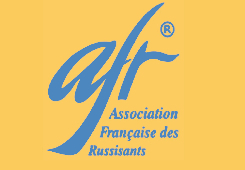
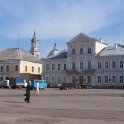
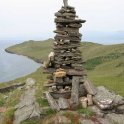
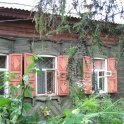
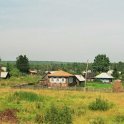
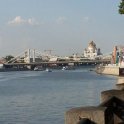
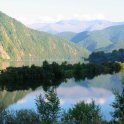
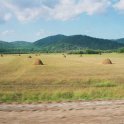
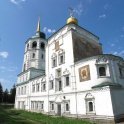
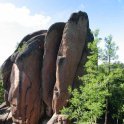
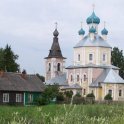
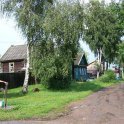
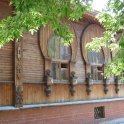
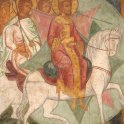
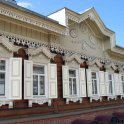
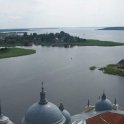
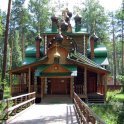
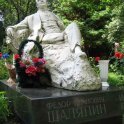
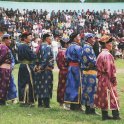
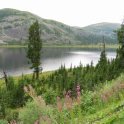
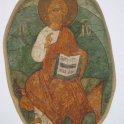
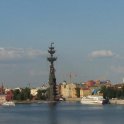
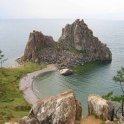
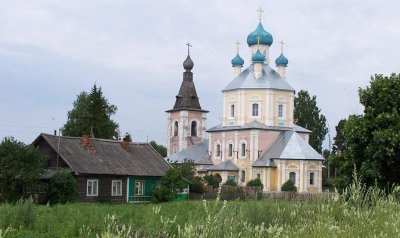
 Sommaire
Sommaire